Transform your labware with precision-marked barcodes, logos, and more, directly printed onto glass or plastic. Our cured ink technology, offered through our Labware Prep™ Services program, delivers durable markings that resist chemicals and solvents. Eliminating adhesive frustrations, it streamlines workflows and supports automation with its ultra-thin profile.
Cured ink marking is a direct part marking technology that prints durable, high-resolution designs directly onto labware surfaces like glass and plastic. Using advanced cured inks, it delivers chemical-resistant, long-lasting markings without the need for adhesive labels. This process supports a wide range of customizations, including barcodes, logos, grad lines, and text. It’s ideal for applications requiring precision, durability, and compatibility with automation.
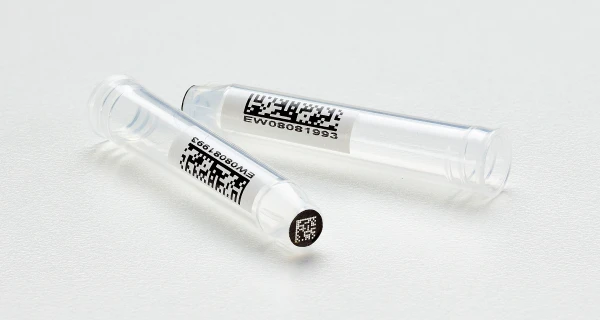
Cured ink imaging offers a versatile and durable solution for marking labware with precision and reliability. This advanced technology creates custom markings directly on glass and plastic, eliminating the need for adhesive labels and their associated challenges. Its resistance to chemicals and solvents ensures longevity even in harsh environments.
With compatibility for both flat and curved surfaces, it can handle intricate designs like barcodes, logos, and gradation lines. The process supports automation, making it ideal for modern lab workflows. Unlike traditional labels, cured inks won’t peel, smudge, or interfere with equipment. Whether you need clarity, durability, or seamless integration, cured ink imaging is built to meet your lab’s demands.
Before printing, surfaces are treated with plasma technology to improve ink adhesion. This step increases the surface energy of low-energy materials like plastic, ensuring cured inks bond securely and result in precise, durable markings even on challenging surfaces like curved or textured labware.
Cured ink markings resist harsh chemicals and solvents, including those used in lab environments. Depending on the ink formulation, they can withstand exposure to MEK, acetone, xylene, and DMSO. This durability ensures clear, legible markings that hold up during demanding processes.
Cured ink imaging eliminates the added thickness of traditional pressure-sensitive labels and adhesives, ensuring labware fits seamlessly into racks and automation equipment. This thin, direct-marking approach avoids interference while maintaining precision and durability.
Cured ink marking technology offers exceptional durability and compatibility for direct part marking on labware, meeting the needs of most laboratory environments. This versatile solution withstands routine handling, chemical exposure, and temperature fluctuations, making it ideal for a wide range of applications. For labs requiring permanent marking, cured inks are the only option available with custom color capabilities, enhancing both functionality and branding. The robust bond of cured inks ensures long-lasting identification without compromising image clarity or resolution.
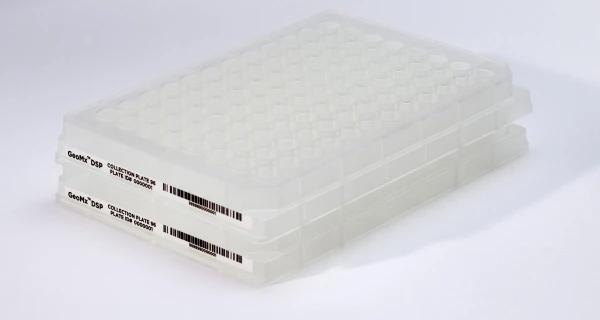
350°F
900°F
As resistant as material
Good
Excellent
As resistant as material
Excellent short term resistance
Excellent
As resistant as material
Good
Excellent
Good
Cured ink imaging is tailored for the demanding needs of laboratories, offering unmatched precision and adaptability for marking labware. This technology works seamlessly across glass and plastic, creating durable markings that withstand chemical exposure and handling.
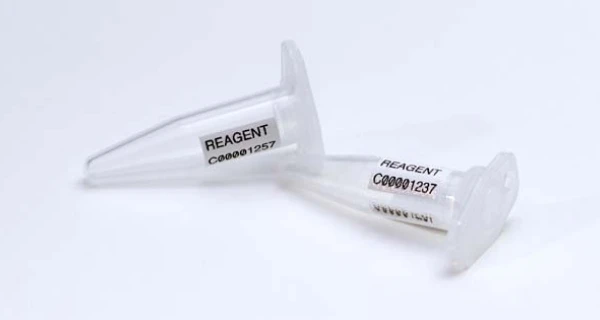
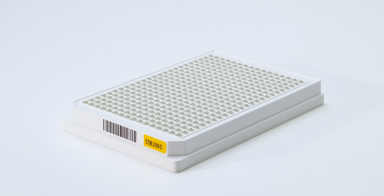
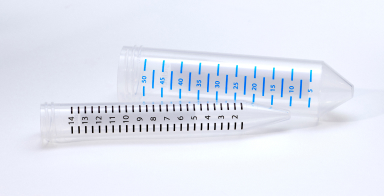
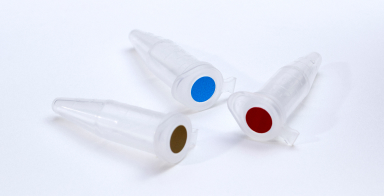
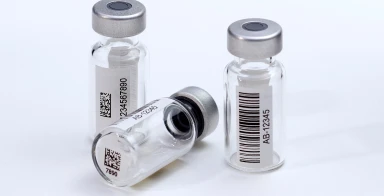
Ceramic labels are permanently fused to glass or metal labware through high-temperature bonding. The result is an impervious, abrasion-resistant mark that withstands extreme conditions. Ideal for high-value assets, ceramic labels ensure reliable, long-term identification.
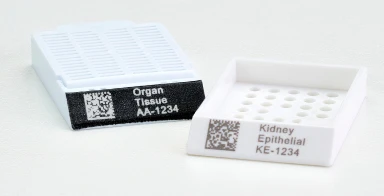
Laser etching creates precise, permanent markings by vaporizing the surface of glass, metal, or plastic. Resistant to wear and environmental factors, the mark lasts as long as the material itself. This method supports barcodes, text, and intricate designs for critical identification.
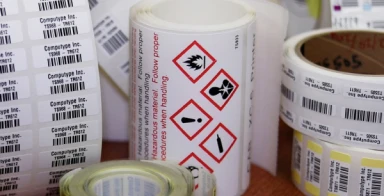
Pressure-sensitive labels offer a fast and flexible solution for labware identification. These adhesive-backed labels can accommodate barcodes, text, and designs, ensuring clear and scannable results. Perfect for temporary or permanent labeling, they balance efficiency and durability.
Watch our engaging video to see firsthand how our meticulous prep process can elevate your lab's efficiency and precision. From barcoding to kitting, our process reduces errors and boosts productivity. Discover the benefits of a tailored approach to labware preparation and let us take care of the details, so you can focus on your critical research and development tasks.

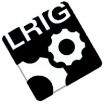
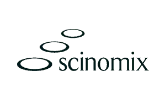
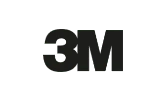
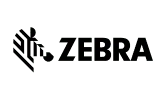


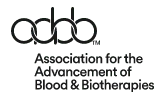
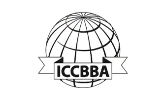
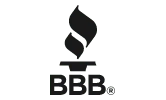

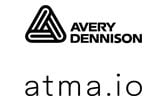
© Computype 2024
© Computype 2024
Take advantage of our volume discounts for bulk orders. Reach out to us for a personalized quote tailored to your needs.
"*" indicates required fields